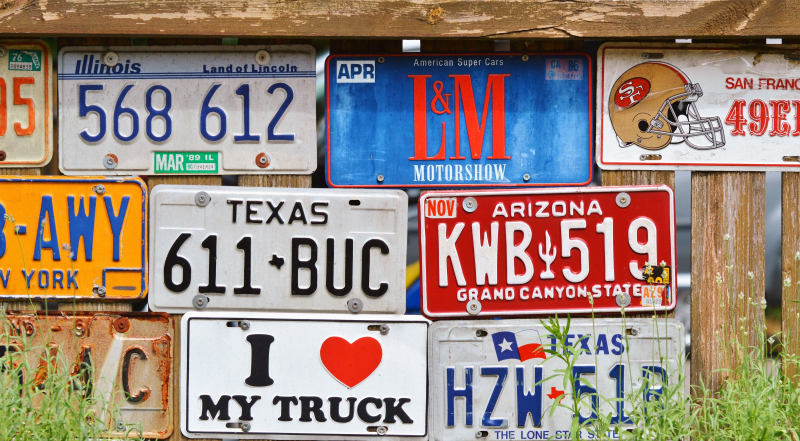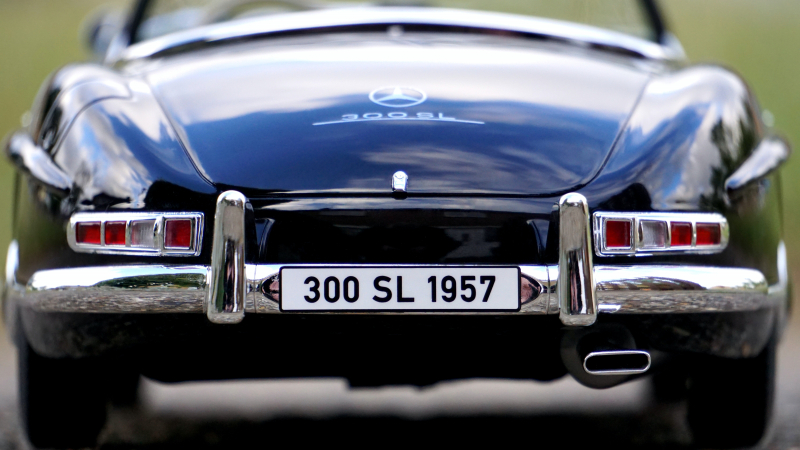Low Number License Plates
The idea of using a car as a status symbol is by no means new. Since the beginning of time, individuals have sought for the priciest and most opulent models of cars as a way to flaunt their wealth. If you want to flaunt your fancy driving skills today, the Rolls Royce Boat Tail will cost you $28 million, but it's by no means the only prestige symbol associated with cars.
You don't need a multibillion dollar car in Rhode Island or many other places to flaunt your street smarts. All you need is the appropriate license plate. For years, fans of license plates have coveted low numbers. The initial license plates were issued in the most reasonable manner you can imagine: numerically. Therefore, plate number 1 was the first plate ever produced. So it continued. Those numbers may be issued again as plates cease to be in use. Or, if they are still in existence, owners can sell them or leave them in a will to loved ones. And individuals pay high prices for them.
The governor acquired that license plate in 1903. You can picture the perceived cache of driving a car with a legally-issued "1" on it. It gave rise to the notion that a low score was advantageous. This is a pattern that practically anything with a number ordering system exhibits on a daily basis. Everyone wants to be in first place. Even if it frequently makes no sense at all, we nevertheless enjoy the sound of it. With these plates, that is essentially how it operates. Even if it has no purpose, people still want them.
A low plate is worth how much? In 1994, Delaware's "9" sold for almost $200,000. $325,000 was paid for a 14. Despite having little actual significance, they have a subjective worth that enables someone to claim to be the best. top 14, or at least. And for some people, that means a lot.












